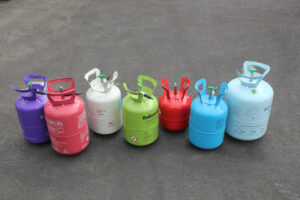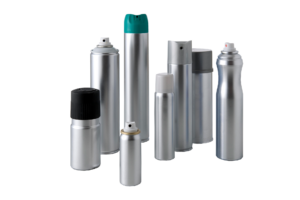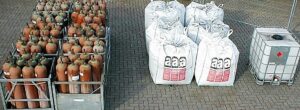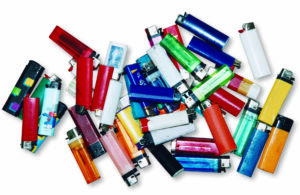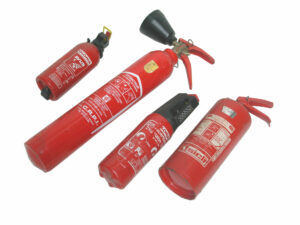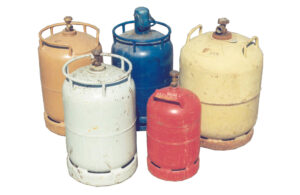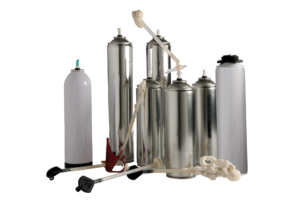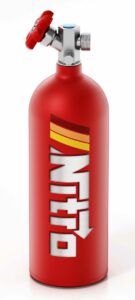Gas in pressurized containers
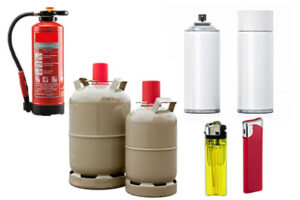
Lighters, aerosol cans and modern refrigeration equipment contain flammable gas.
Treat gas bottles with the necessary care!
Many old refrigerators even have CFC that are harmful for ozone and climate.
Many gases contribute to the greenhouse effect, if there occurs an uncontrolled release.
Fire extinguishers contain an extinguishing agent in pressurized metal cylinders resistant to pressure, which is released by greenhouse gas (mostly CO2) in powder and liquid extinguishers.
Ask for advice from professional resellers when buying fire extinguishers and buy the appropriate device for your specific need. Ensure regular maintenance.
If possible use refillable aerosol systems or pump spray.
Still usable gas bottles can be refilled after proper treatment. Otherwise, the gas is collected and incinerated and the metal goes to the metal recycling.
Fire extinguishers are dismounted as appropriate and powders separated according to type. Metals are recycled and plastic parts undergo thermal treatment.
The metals from the spray cans can be recovered – the residual contents are used thermally.
In the case of PU foam cans, the metals are sent for material recycling. A large part of the propellant gases and PU foam components can be recycled to the production of new PU foam cans.
Lighters, among other things, and not removable products are incinerated.
CFCs from refrigerating appliances are destroyed.

IMPORTANT! Not in the residual waste! Special collection container for disposable gas lighters available free of charge at the Resources Center or at SDK.
Related Products
Important danger warnings
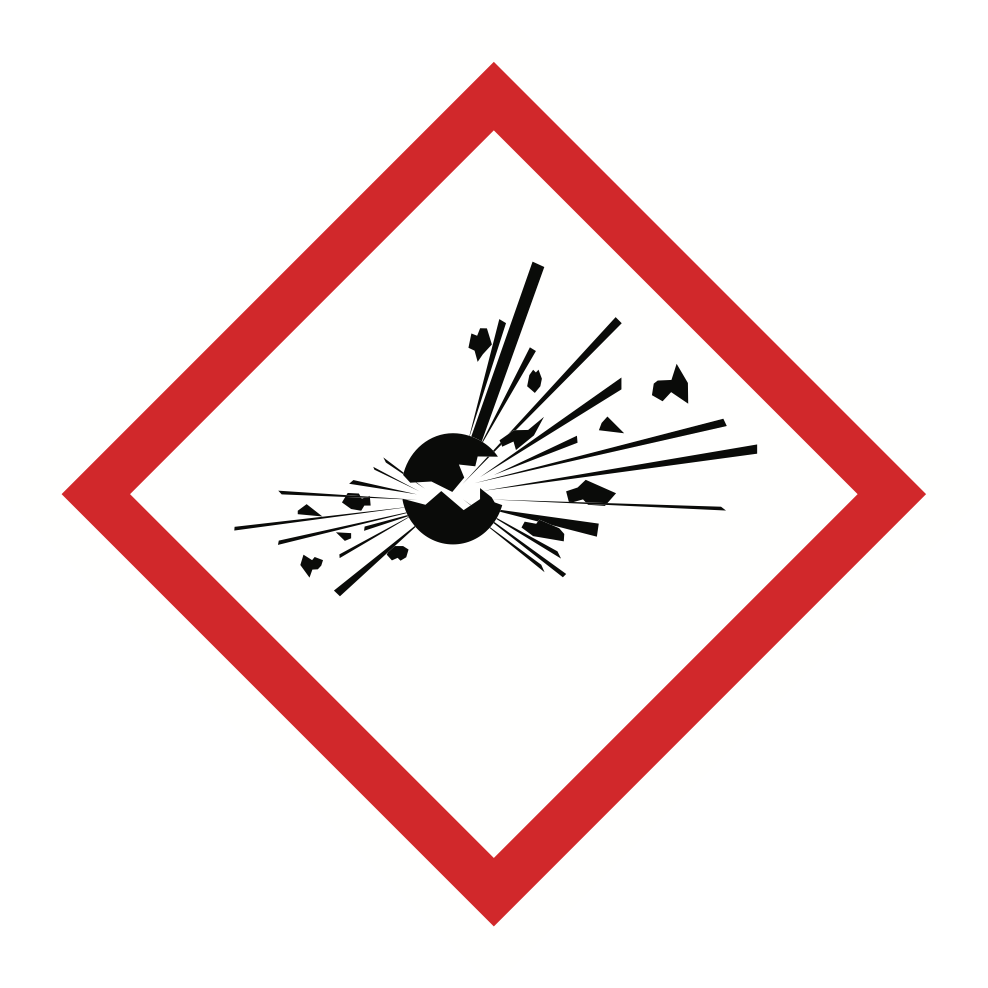
The explosion cloud for danger of explosion
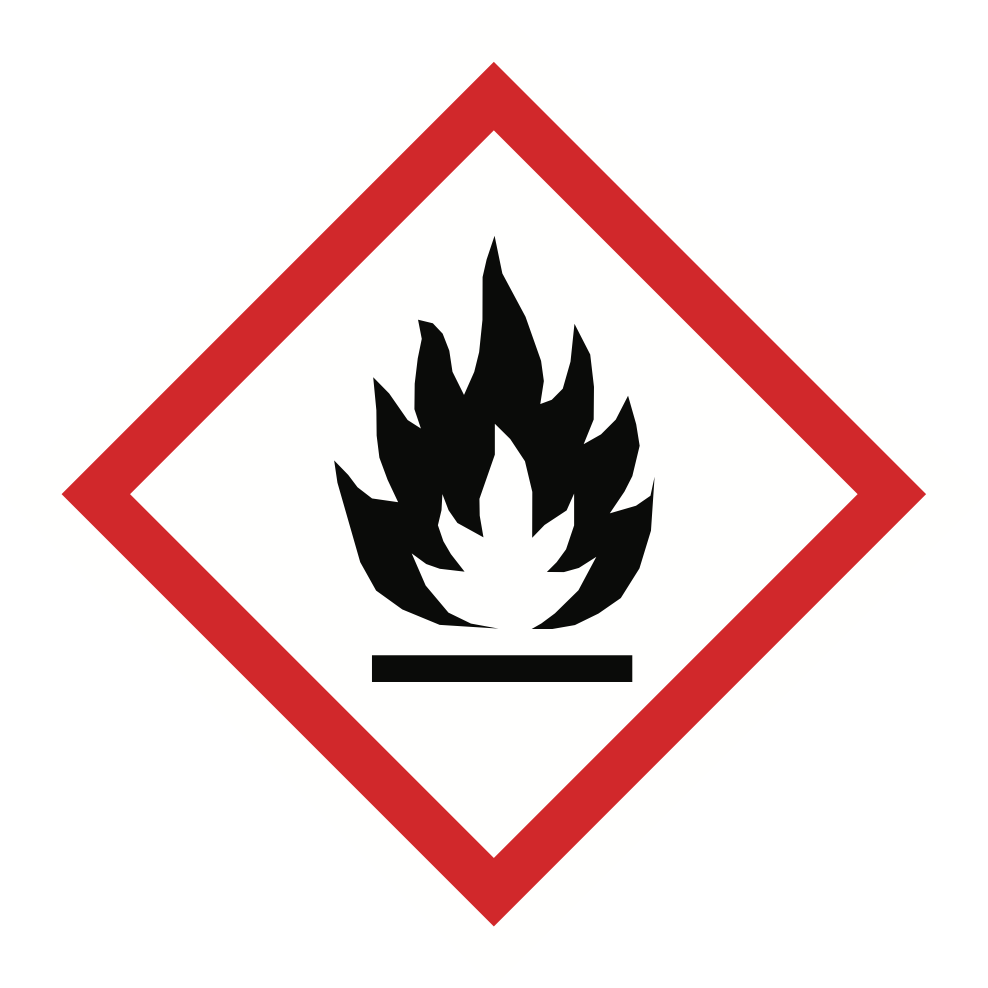
The flame for inflammable or fire spreading solids, liquids and gases
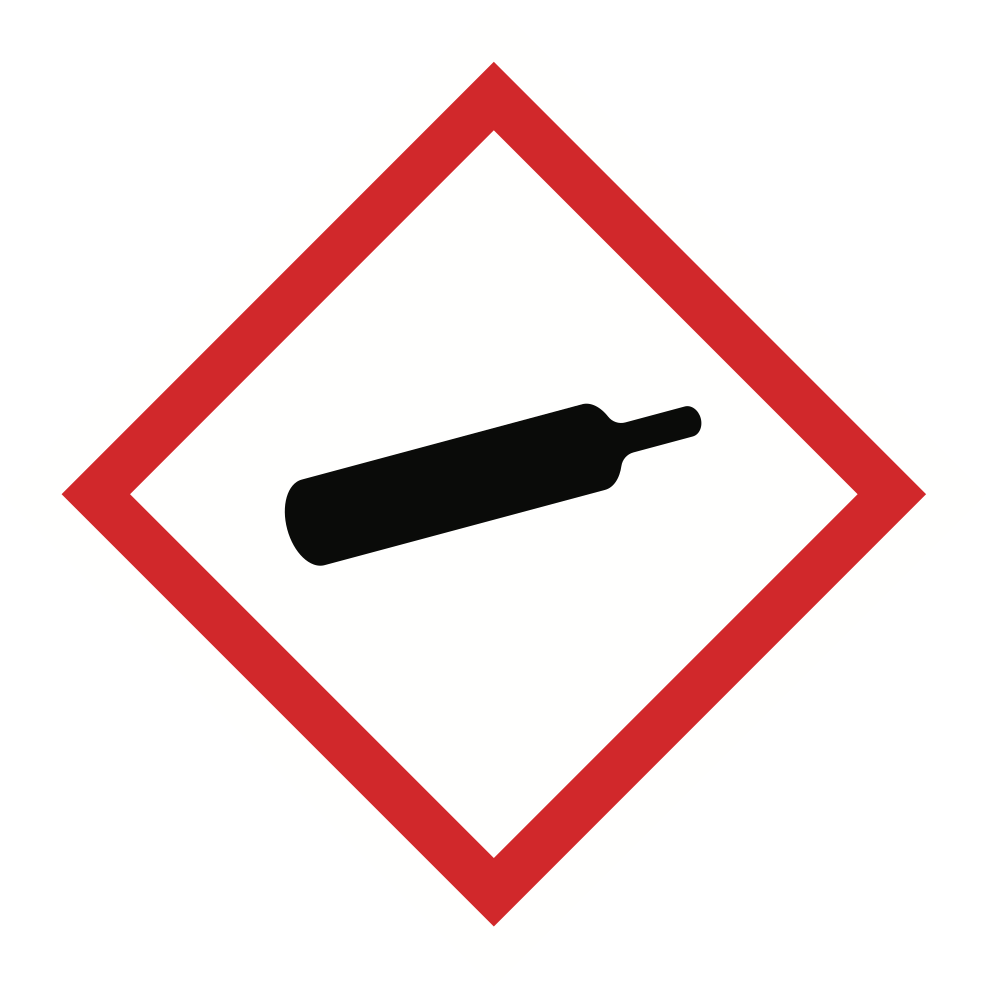
Gas bottle for gas under pressure
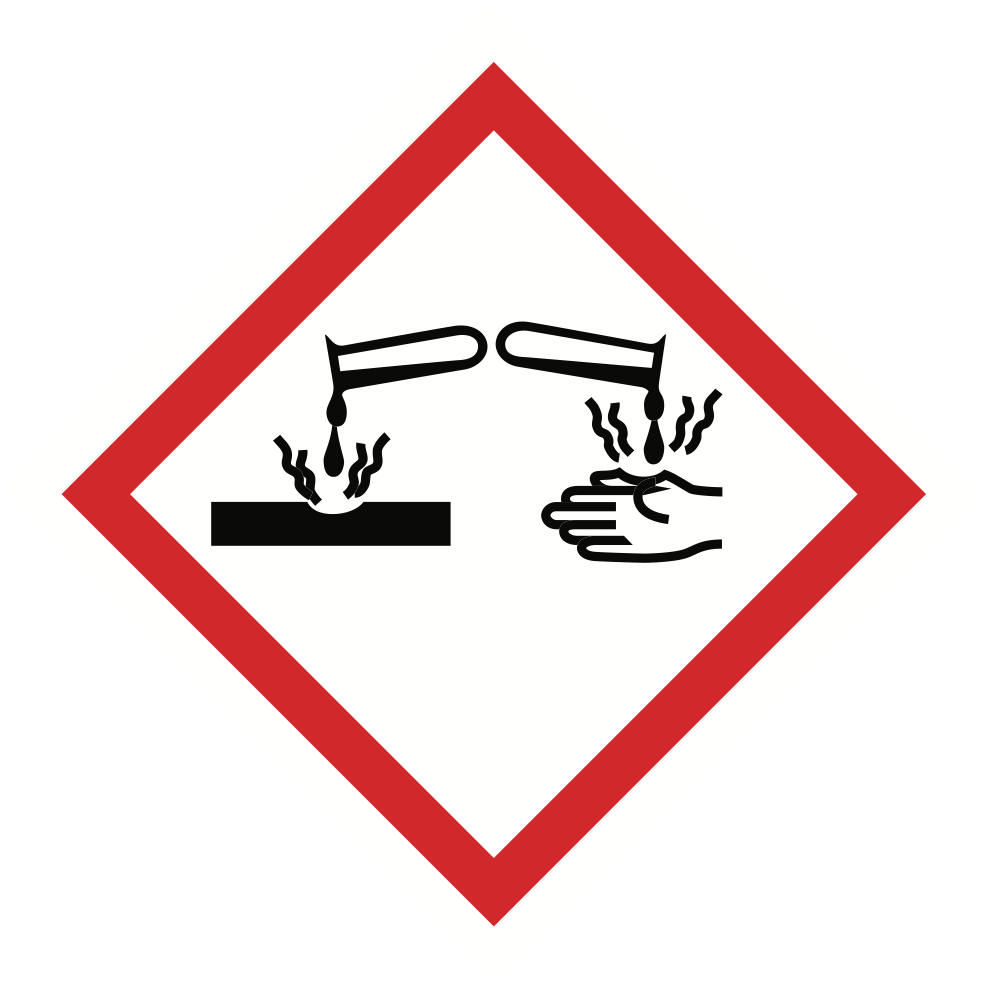
The dripping test tubes on hand and surface for "caustic"
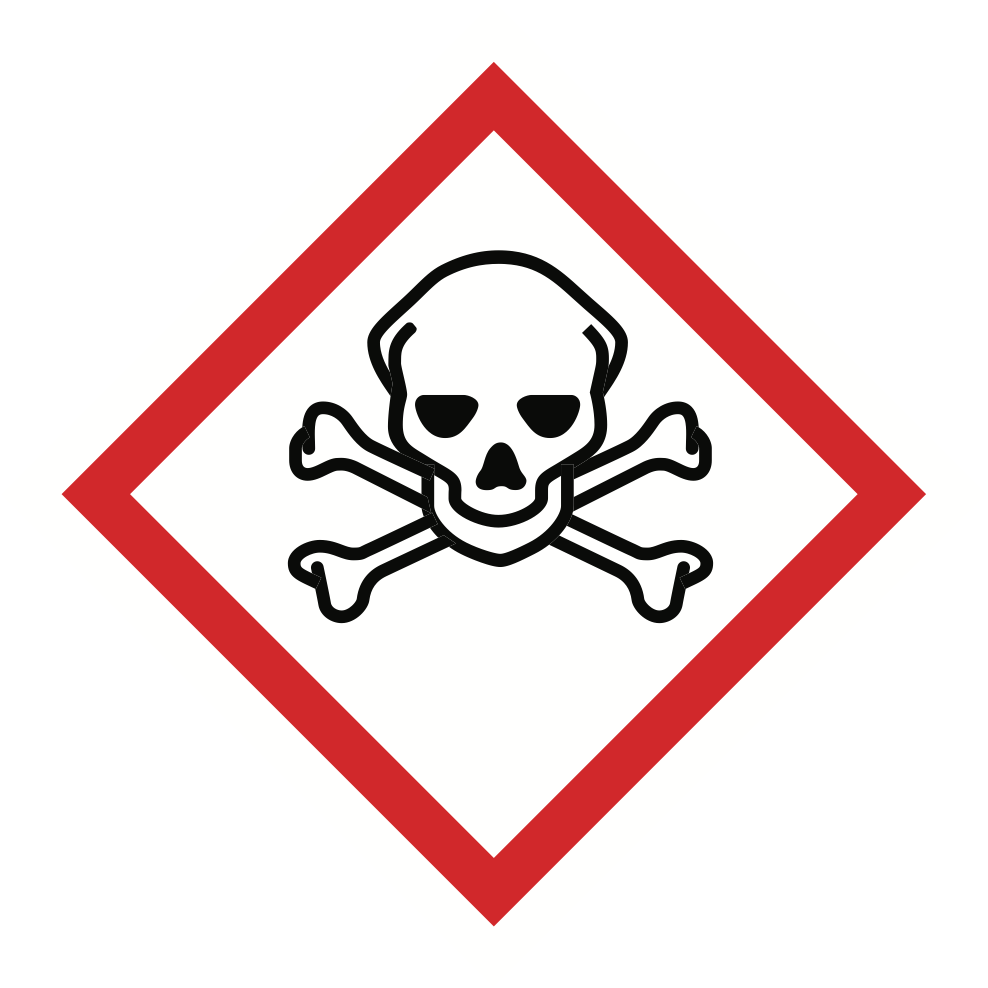
The skull for toxic products
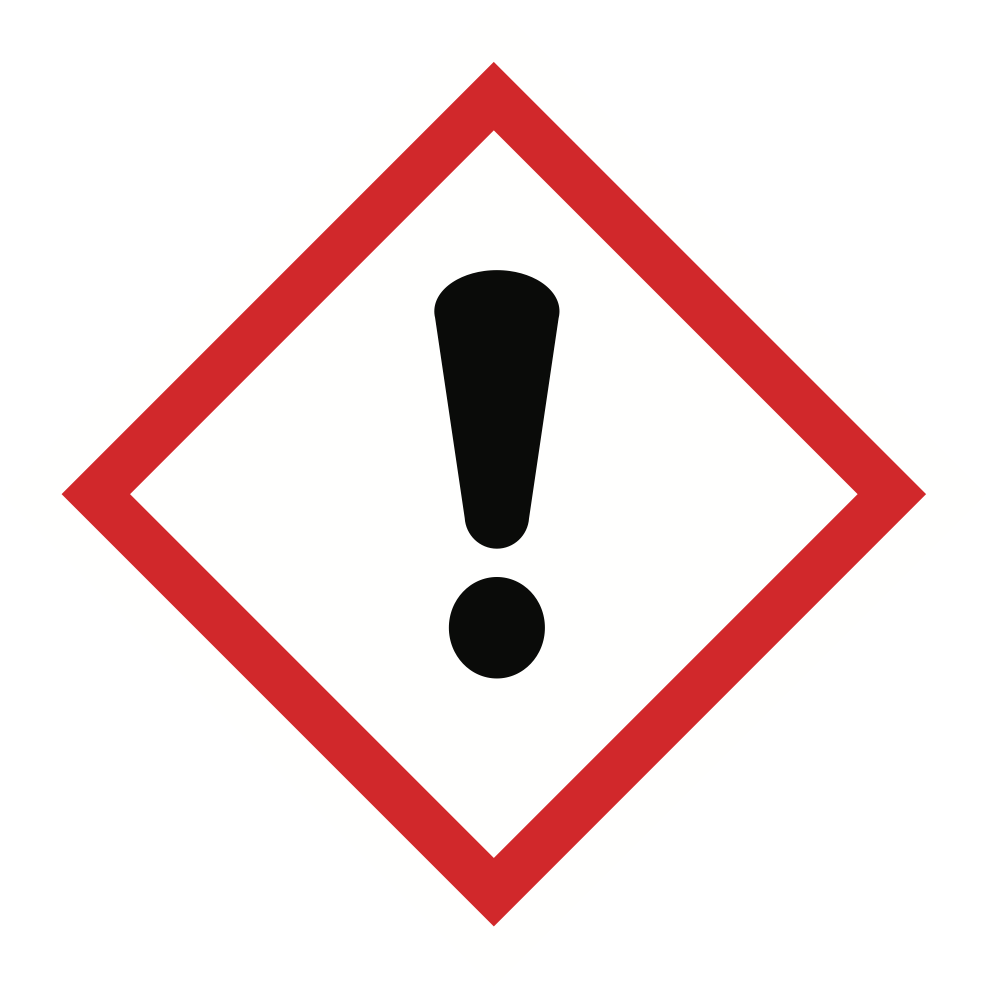
The exclamation mark for irritating substances (e.g. irritating the respiratory system)
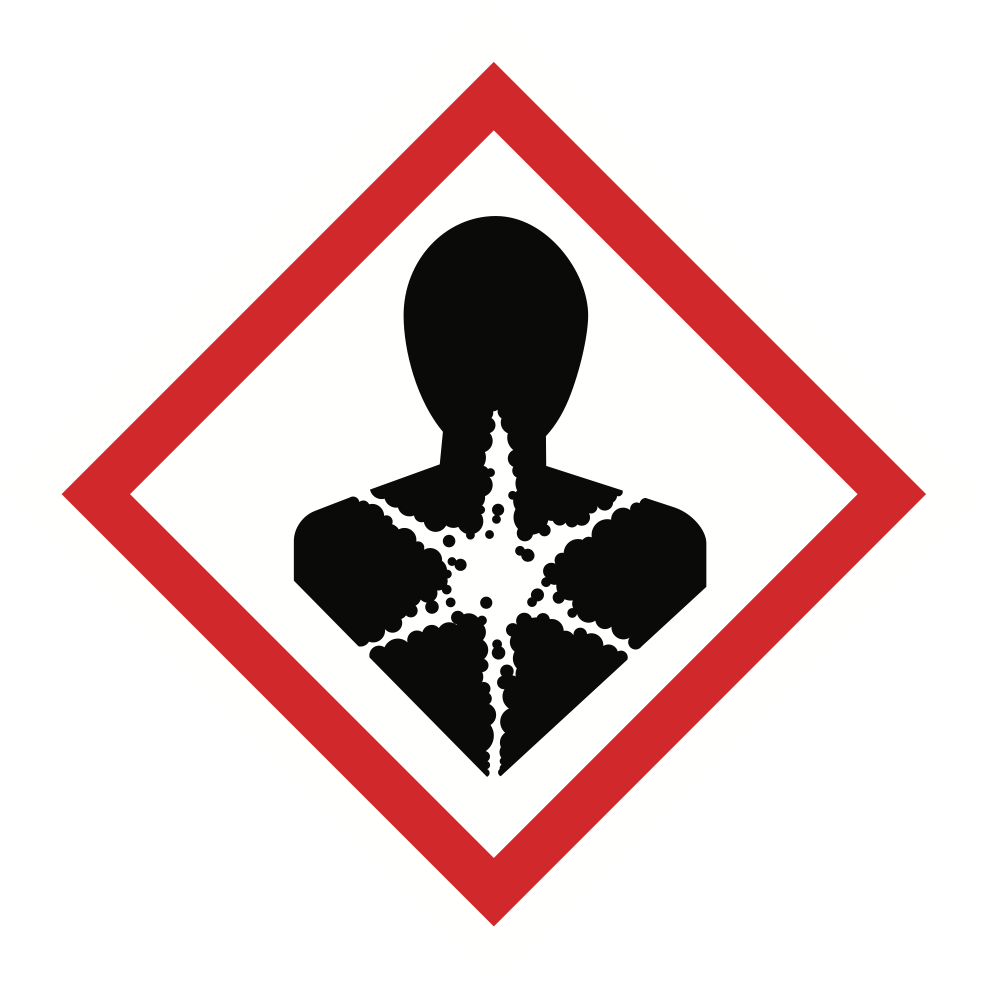
The body figure for substances very dangerous for health (e.g. cancerous)
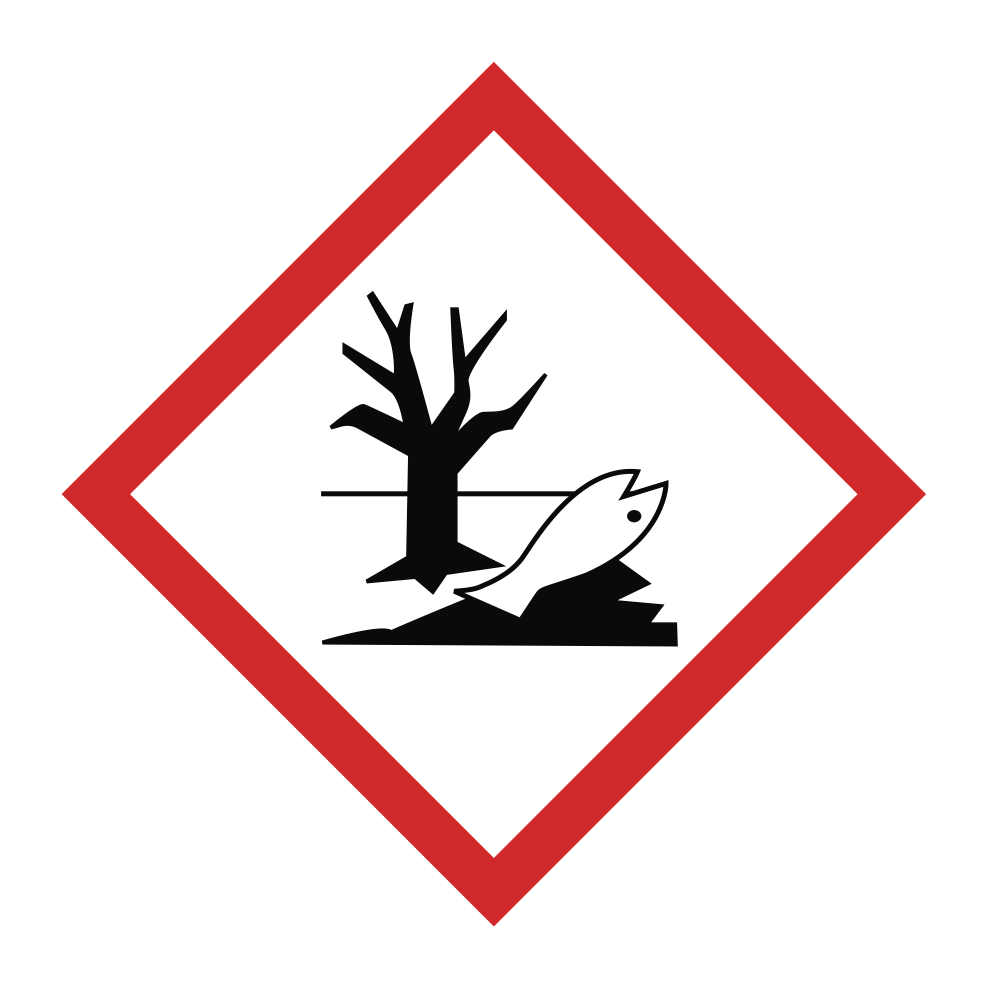
The dead tree and fish for substances dangerous for water

Gas in pressurized containers
Lighters, aerosol cans and modern refrigeration equipment contain flammable gas.
Treat gas bottles with the necessary care!
Many old refrigerators even have CFC that are harmful for ozone and climate.
Many gases contribute to the greenhouse effect, if there occurs an uncontrolled release.
Fire extinguishers contain an extinguishing agent in pressurized metal cylinders resistant to pressure, which is released by greenhouse gas (mostly CO2) in powder and liquid extinguishers.
Ask for advice from professional resellers when buying fire extinguishers and buy the appropriate device for your specific need. Ensure regular maintenance.
If possible use refillable aerosol systems or pump spray.
Still usable gas bottles can be refilled after proper treatment. Otherwise, the gas is collected and incinerated and the metal goes to the metal recycling.
Fire extinguishers are dismounted as appropriate and powders separated according to type. Metals are recycled and plastic parts undergo thermal treatment.
The metals from the spray cans can be recovered – the residual contents are used thermally.
In the case of PU foam cans, the metals are sent for material recycling. A large part of the propellant gases and PU foam components can be recycled to the production of new PU foam cans.
Lighters, among other things, and not removable products are incinerated.
CFCs from refrigerating appliances are destroyed.

IMPORTANT! Not in the residual waste! Special collection container for disposable gas lighters available free of charge at the Resources Center or at SDK.







